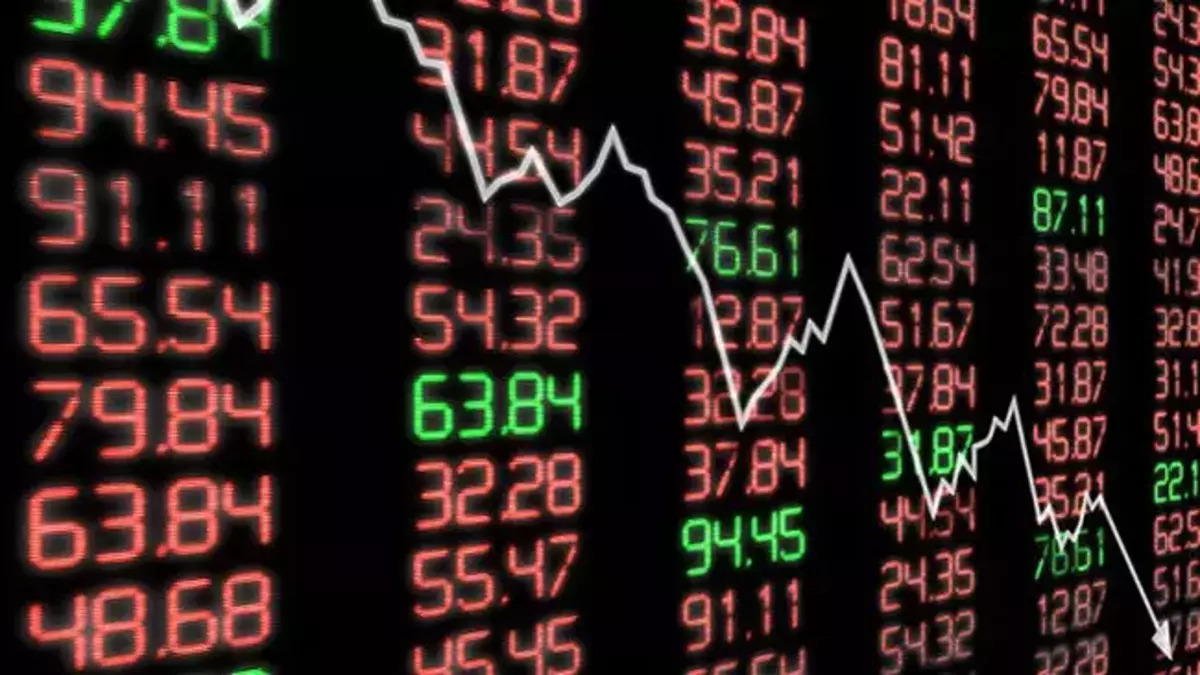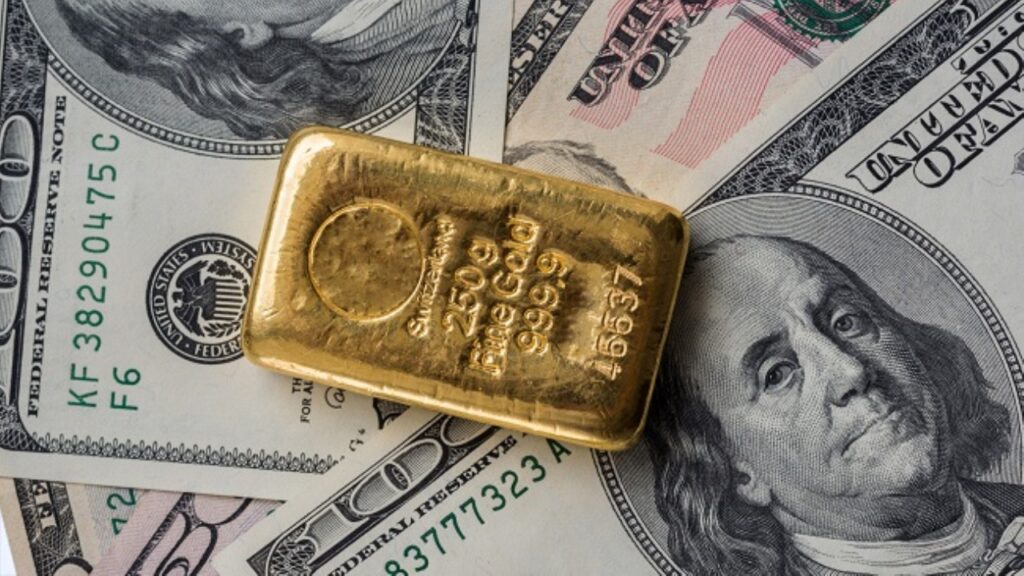Organization for Economic Co-operation and Development (OECD) lowered its growth forecast for this year due to increasing inflation pressures. Despite this, the gold price is stuck in the relatively neutral zone, hovering around $1,850.
OECD’s growth and inflation outlook
International organizations state that rising food and energy prices put their activities under pressure. This is why they continue to warn about the health of the global economy. The OECD also finally lowered its growth forecasts. However, analysts note that stagflation can still be avoided.
OECD said in its latest report, released Wednesday, worldwide GDP rose 3%. This rate is below the previous year’s estimate of 4.5%. At the same time, it expects economic growth to increase by 2.75% in 2023. The OECD says inflation remains the biggest threat to the global economy. Analysts point out the following in the report:
Inflation forecasts stand at around 9% in 2022, which is double what we previously estimated for OECD countries. Inflation is rising around the world. This, in turn, causes the real disposable income of households to fall. It also erodes living standards and, accordingly, reduces consumption.
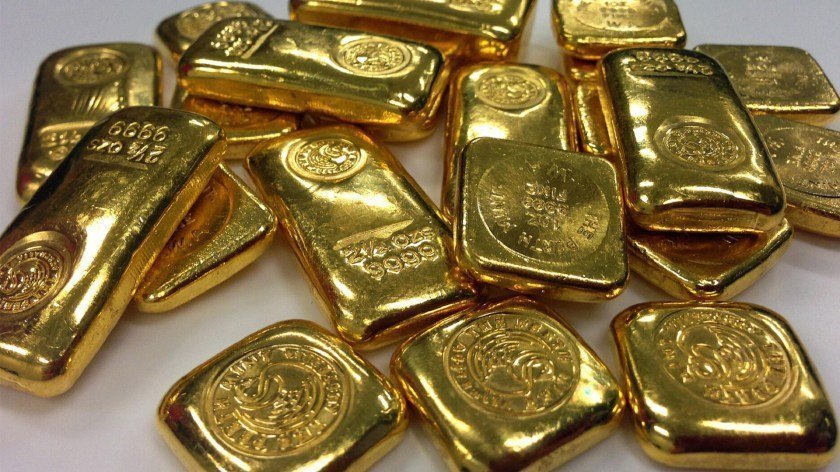
OECD Chief Economist and Deputy Secretary General Laurence Boone gave the opening speech. Uncertainty deters business investment and threatens to curb supply for years to come, Boone said.
Critical level for the rise of gold price momentum
Inflation fears continue to dominate global financial markets. However, the gold market, a traditional method of hedging inflation, is not receiving much new attention. As you can follow on
Kriptokoin.com , the gold price has been consolidating around $1,850 for the last three weeks. August gold futures were last traded at $1,855.20, up 0.17% on the day. Some market analysts are pointing at $1,880 to attract new bullish momentum. Analysts say gold must rise above $1,880 for a rise.
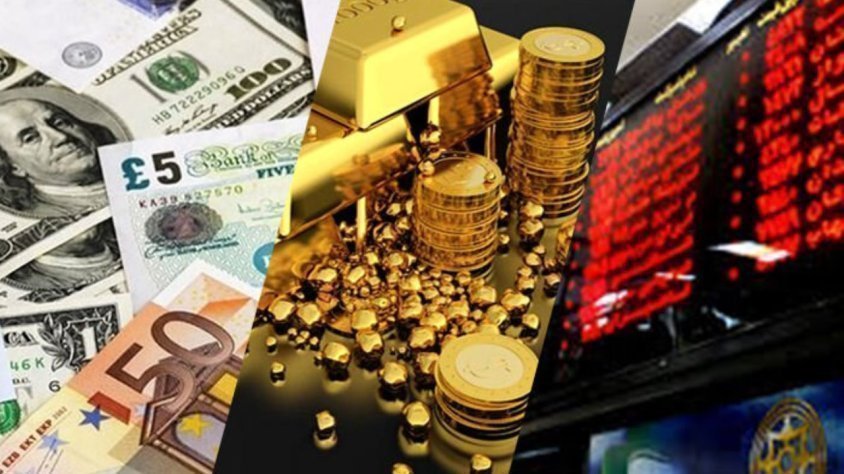
As it is known, central banks around the world are trying to tighten interest rates in order to cool the fierce inflation pressures. In this environment, the gold price has been performing sluggishly lately. Many analysts consider this to be the source of the lackluster performance.
“Inflation in many regions is driven by food and energy”
OECD notes the need for higher interest rates worldwide. Analysts include the following assessments in the report:
Globally, high inflation and employment levels today indicate that monetary policy adjustment is no longer needed. However, inflation in many regions is driven by food and energy. If monetary policy fails to address such supply shocks, it may send signals that it will not allow inflation to rise or spread further.
Laurenc Boone says, therefore, that the abolition of mediation is guaranteed all over the world. However, he states that he is particularly careful in Europe, where supply-based inflation prevails.

Meanwhile, Russia’s war in Ukraine continues. This, in turn, increases fears of inflation and causes weak economic activity. The report also highlights the increasing risks of a protracted war. Russia and Ukraine have had the greatest impact on the global economy as they are important suppliers in a number of commodity markets. Because Ukraine produces about 30% of global wheat exports, 15% of corn, 20% of mineral fertilizers and natural gas, and 11% of oil. Analysts state:
There is one particular concern. Cutting wheat exports from Russia and Ukraine could lead to severe food shortages in many developing economies. Some countries don’t just have economic crises. At the same time, there is a sharp increase in poverty and hunger. This will be a serious risk for humanitarian disasters.
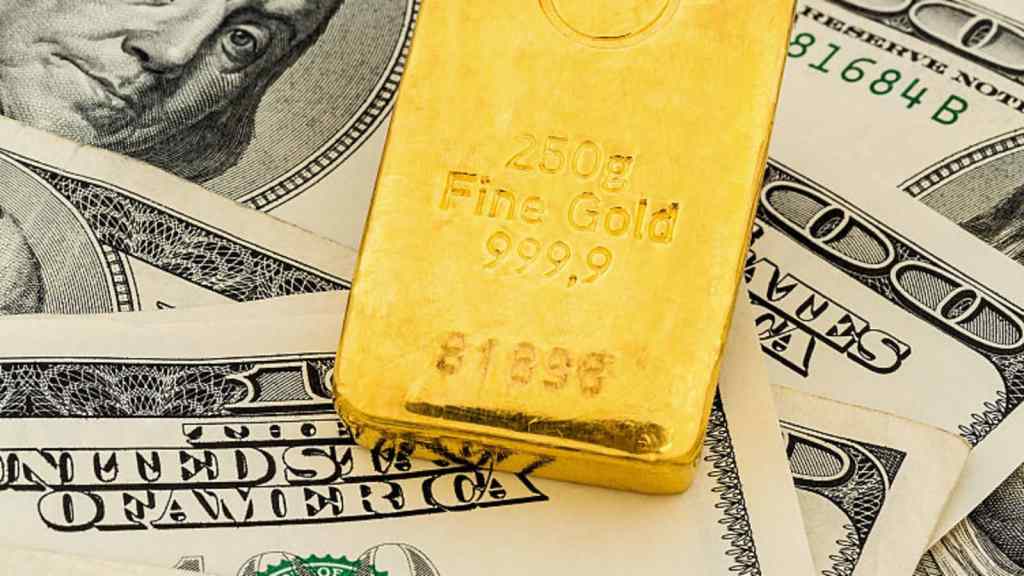
Is the environment important for the price of gold formed?
Rising commodity prices may create an environment of stagflation. However, the EOCD considers this to be an avoidable scenario. Rising energy prices and growing concerns about a sharp slowdown in growth come together. This situation encourages conversations about a new period of stagflation. Also, the global economy is reminiscent of the oil shocks of the 1970s. Analysts put it this way:
In late 1973, we experienced the first major oil price shock. There are indeed growing similarities between the current situation and the mid-1970s. However, the growth now is more durable than back then. There are also differences that could mean inflationary pressures are fading faster.





